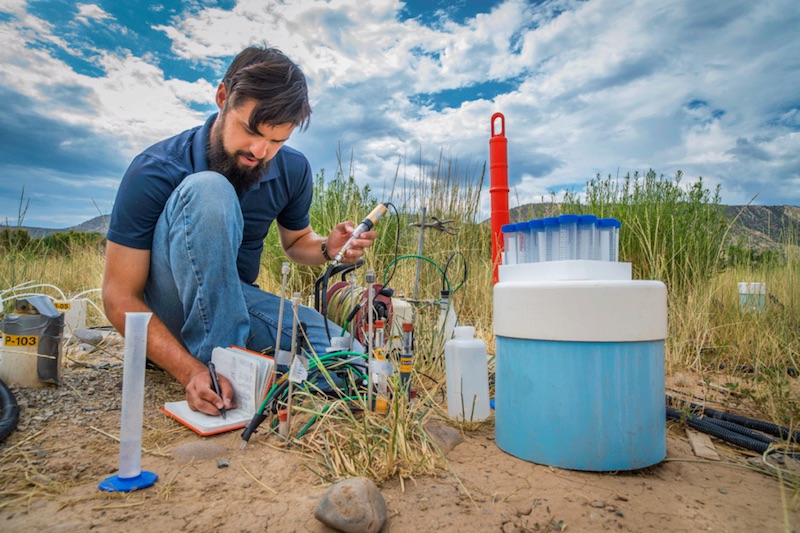Having access to environmental data is crucial for everything from planning for our water and energy needs and safeguarding against environmental threats to building resilient infrastructure.
Now a digital tool developed by a collaboration of scientists led by Lawrence Berkeley National Laboratory (Berkeley Lab) will make it much easier to use high-quality observations collected over years to power computer models and examine and predict ecosystem and watershed behaviors over time scales stretching from seasons to decades to centuries.
The tool, called ESS-DIVE (Environmental System Science – Data Infrastructure for a Virtual Ecosystem), serves as a repository for hundreds of U.S. Department of Energy (DOE)-funded research projects under the agency’s Environmental System Science umbrella, which includes the Subsurface Biogeochemical Research and Terrestrial Ecosystem Sciences programs.
“This digital library is a total game-changer for scientists like me,” said Charuleka Varadharajan, a Berkeley Lab scientist and deputy lead for the ESS-DIVE project. “ESS-DIVE will make it much easier for scientists to archive their data using standardized formats, to make data publicly available, and to find and integrate data from various research studies.”
And when ESS-DIVE becomes a DataONE member node in the near future, it will become an even more powerful tool, as the library’s DOE-funded data contents will be discoverable in cross-catalogue searches. DataONE supports enhanced search and discovery of earth and environmental data across a number of repositories managed by its members.
Varadharajan added, “Although some projects had independent systems to manage their data, those efforts were not coordinated, and there was no central location where data across the DOE’s environmental research programs were available.”
The digital library also serves datasets that were previously stored in DOE’s Carbon Dioxide Information Analysis Center archive.
The collaboration included scientists from Berkeley Lab’s Computational Research Division, Earth & Environmental Sciences Area, and the National Energy Research Scientific Computing (NERSC), and digital librarians at the National Center for Ecological Analysis and Synthesis, a research center based at UC Santa Barbara.
More information here.
